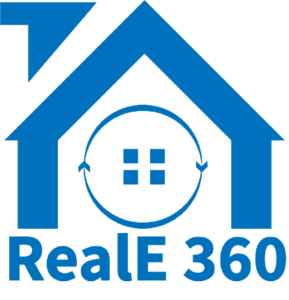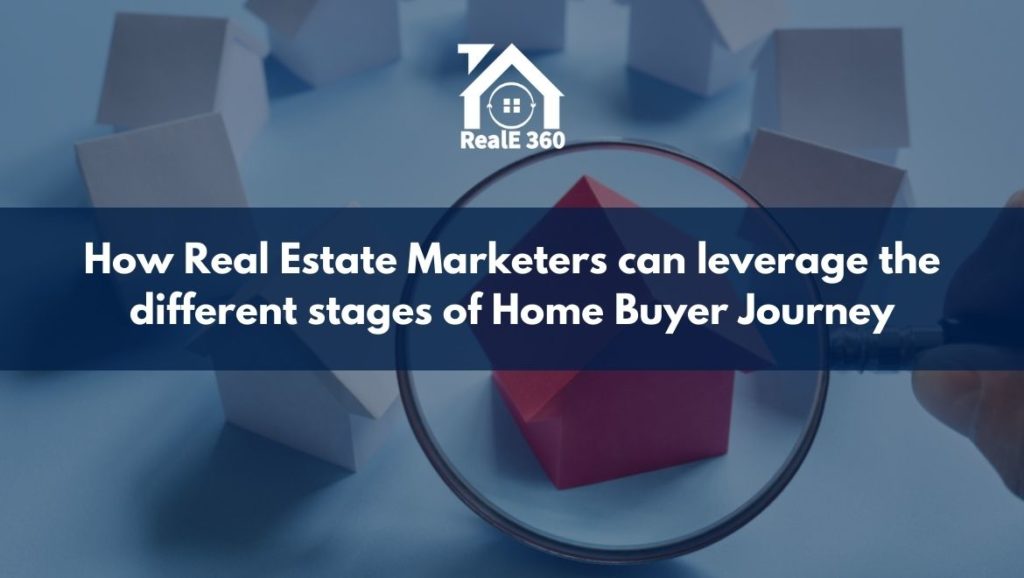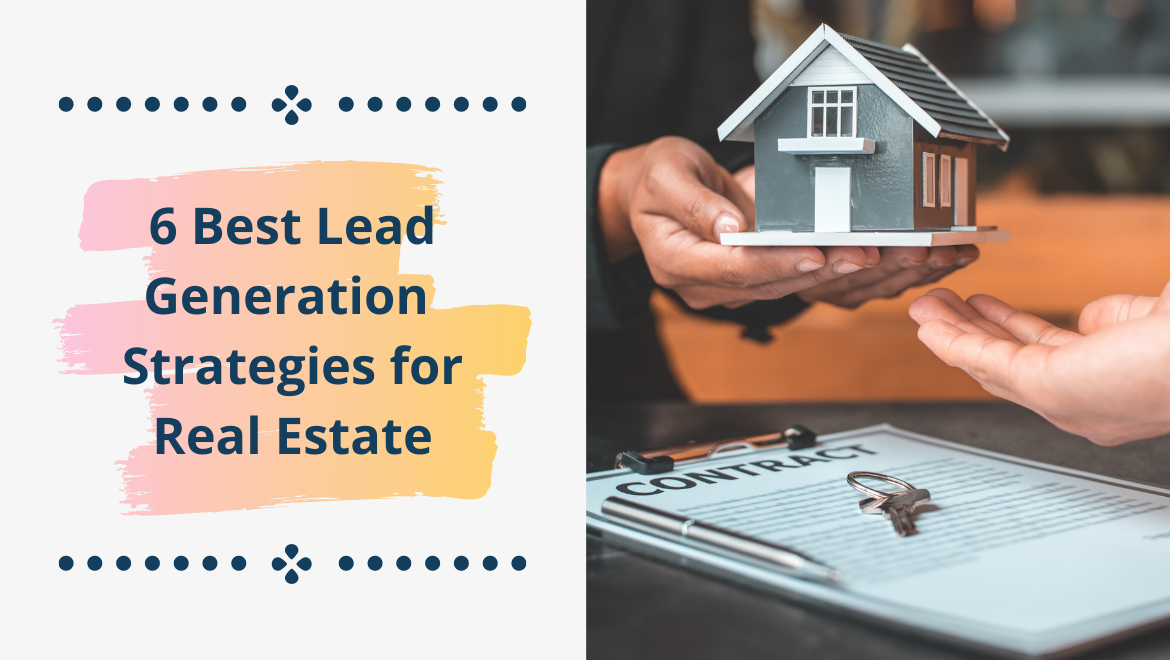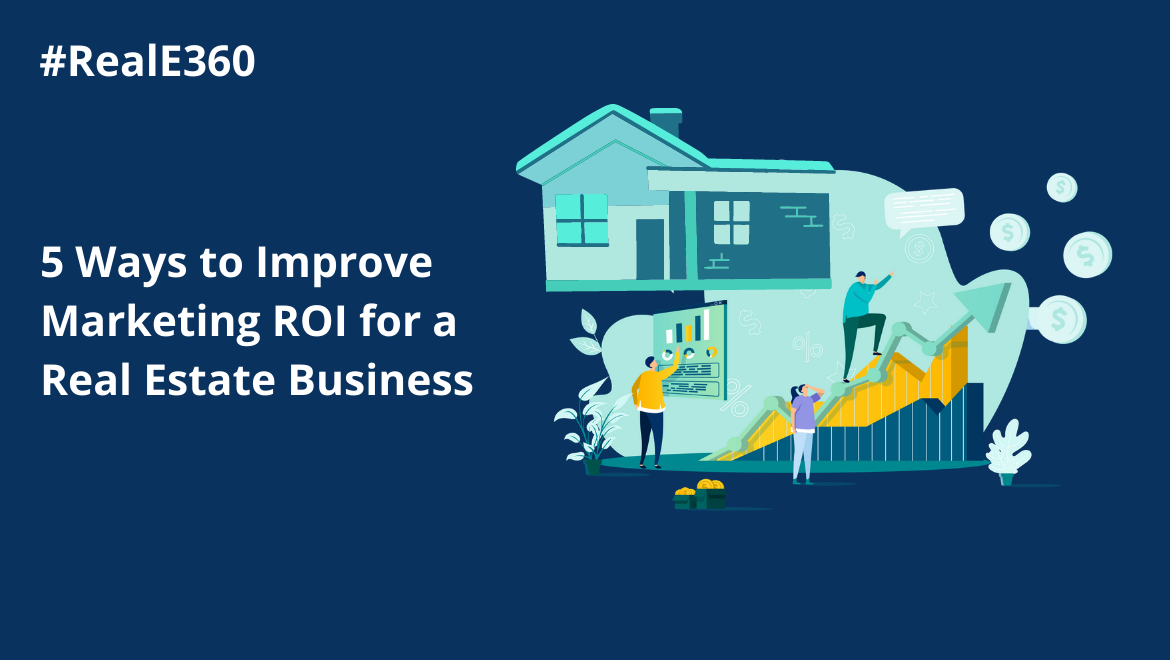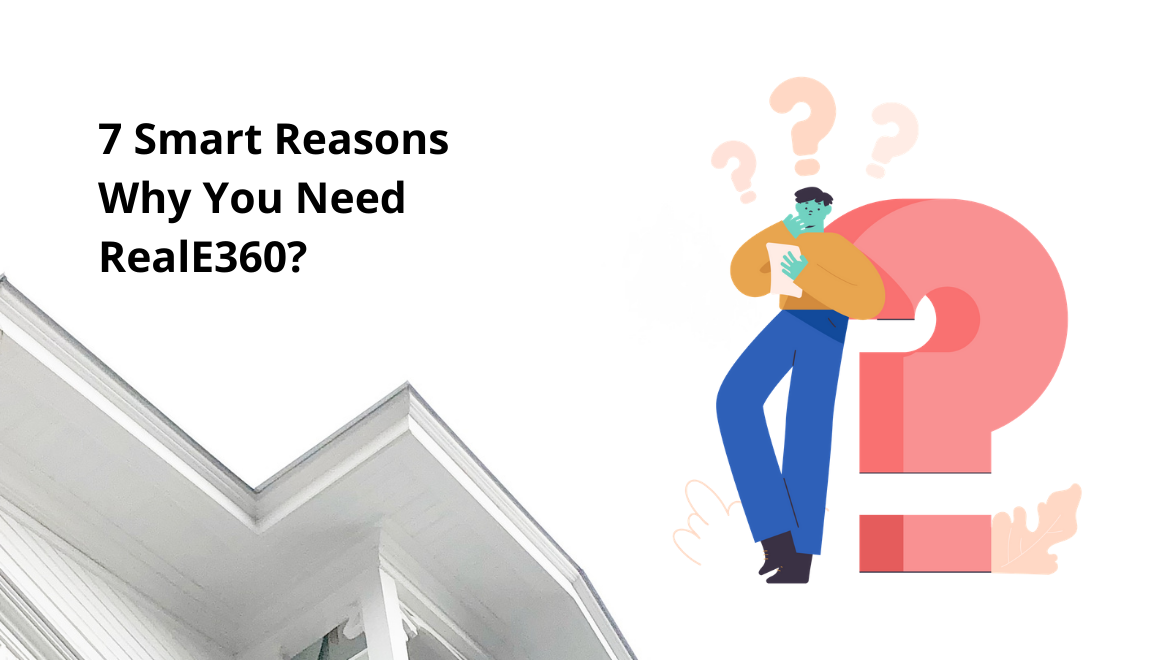The way home buyers buy a property has changed. It means real estate marketing tactics have changed as well.
Before the rise of the internet, when someone was looking for a property, primarily they had two ways of connecting with a builder:
- Traditional advertising – ads in newspapers, television, magazines, etc.
- Word of mouth – speaking to acquaintances: relatives/ friends, and getting references.
For them, the only way of resolving all their queries is by connecting with a broker. Their whole purchase research is dependable on on-site visits and information shared by the salesperson.
These practices are still prevalent, but in today’s digitalized world, this approach is difficult to succeed for both buyer and seller.
The wave of global digital transformation of businesses has drastically changed the mediums & platforms available to marketers. It has also brought a drastic change in the purchase approach of the buyers.
Earlier, we have highlighted the different stages of a home buyer’s journey. Now we will guide you on how as a real estate marketer, you can steer them closer to conversion at each step.
Stage 0: Dormancy
At this stage, the buyer is sleeping through your advertising and passively consumes information.
As a marketer, this stage involves a good biding time for you. By implementing the right strategies, you can ensure that you receive good publicity.
Your prime focus should be setting the stage for a strong customer relationship. Offer your prospects a smooth buying experience.
Take care of the visitors’ safety on your site and highlight this in your marketing campaigns to gain their trust.
Stage 1: Awareness
Now, the home buyer is considering buying a property and is checking out the various options.
At this stage, leverage digital marketing to reach out to a large set of potential customers.
Stay on top of their minds with retargeting ads. Use Google ads and social media retargeting to be in touch with your prospects along their journey. Create content that is relevant to the platform & audience.
Stage 2: Active Search
The prospect hasn’t entered the sales funnel yet but is researching different options. Thus, it can be said that the buyer might be already aware of the different players in the market and their offerings.
At this stage, your brand visibility matters. Position your brand as a go-to source for property & investment. Aim for mass targeting with online advertising, social media channels, newspapers, and hoardings.
Use a real estate CRM to track every interaction – from inquiry to the final sale.
Also Read: Implementing an Efficient CRM Process for The Real Estate Industry
Stage 3: Educated
The buyer is more informed now and has a specific checklist for the ideal property.
As a developer, try to differentiate yourself from the competition. Publish focused online material that highlights the unique aspects of your projects.
Leverage AI & ML tools to push relevant properties and localities to your prospects.
Stage 4: Experience
At this stage, the buyer wants to experience the property.
Try to build a healthy offline and online connection with every customer.
Record every interaction (with their permission only), to understand their sentiments and deliver relevant nurturing campaigns.
Equip your field agents with mobile-friendly real estate CRM, to gather data insights on the go.
Be ready with testimonials and contacts of happy customers who can influence and help your prospect.
Stage 5: Purchase
This stage is all about sales deeds and documentation.
Keep this stage as simple as possible.
Use paperless processes like e-signature in your sales processes. It also makes it easy for overseas investors to buy your property.
The bottom line:
In a home buyer’s journey, every stage is important. As a real estate marketer with well-planned strategies for each step, you can make their journey smooth and close deals faster.
RealE 360 is a mobile-friendly real estate marketing automation solution that helps you in creating, managing, tracking, and optimizing marketing campaigns. Connect with us today.


